One of the busiest international seaports in Southeast Asia.
In terms of urban development and port history, Hoi An has been developing for a very long time. Archaeologists have discovered two ancient Chinese coins from the Han Dynasty: the Wu Shu and Wang Mang coins. This is an important discovery showing that Hoi An had become a trading port 2000 years ago. In the 9th and 10th centuries, under the Champa Kingdom, Hoi An was called Lam Ap Pho, and at that time it became a trading hub for merchants from Arabia, Persia, China, and other countries.
However, it was not until the 16th century, when the Nguyen lords took control of Thuan Hoa province, and later were given the additional authority of Quang Nam by King Le, that Hoi An entered its golden age, becoming the most bustling international trading port in Southeast Asia at that time.
The 16th century can be said to mark the golden age of Hoi An, an important international trading port of Vietnam. Situated on the banks of the Thu Bon River, on the vital sea route connecting Asian and European countries, Hoi An was not only a bustling trading gateway but also a melting pot of cultures, religions, and customs from around the world . This strategic location transformed Hoi An into a vibrant trading port, where merchants from China, Japan, India, Portugal, the Netherlands, and many other countries came to exchange goods. Rice, silk, ceramics, spices, and handicrafts were the main commodities traded here.
In the "Phủ biên tạp lục," one of the most valuable research works on the Southern region, especially the Thuận Quảng region in the 18th century, Lê Quý Đôn recorded the bustling and developing trade activities of Hội An, Quảng Nam as follows: “Ships from Sơn Nam could only buy one kind of brown root, ships from Thuận Hóa could only buy one kind of pepper, but ships from Quảng Nam could buy everything imaginable, and the trading countries couldn't keep up. All the products produced in the prefectures of Thăng Hoa, Điện Bàn, Quảng Ngãi , Quy Nhơn, Bình Khang, and Nha Trang, by land and sea, by boat and horse, all converged in Hội An town; therefore, visitors from the North all gathered there to buy goods to take back to their country.”
Hoi An was not only a bustling trading port and commercial center of Vietnam, but also a crucial link in the global trade network of that period. Japanese merchants came to sell copperware, copper coins, iron, household goods, etc., and buy back sugar, silk, incense, and other goods. European merchants came to Hoi An to seek rare goods from Asia, while also introducing products from the West. The prosperity of Hoi An contributed significantly to the economic development of Dang Trong (Southern Vietnam), while also creating a rare multicultural and multi-religious environment.
With the establishment of a Japanese quarter, the opening of Chinese guildhalls, and the presence of Indian, Persian, and European merchants who came to do business and live there, Hoi An became a rare example of a multi-ethnic, multicultural, liberal, and open city.
According to historians, there are three main reasons why Hoi An became the largest port city in Dang Trong (Southern Vietnam) and the entire region. Firstly, and most importantly, its advantageous geographical location: Hoi An served as a gateway to and from the provinces and the East Sea, with a deep and wide harbor suitable for domestic and foreign merchant ships to anchor and trade. Secondly, goods from Quang Nam, Binh Khang, Dien Khanh, etc., converged on Hoi An via waterways and land routes. Thirdly, the Nguyen Lords relaxed restrictions on foreign trade, allowing them to enter the area to trade and purchase weapons. All these factors contributed to making Hoi An the most important maritime transport hub in Dang Trong and the most bustling trading center in Southeast Asia at that time.
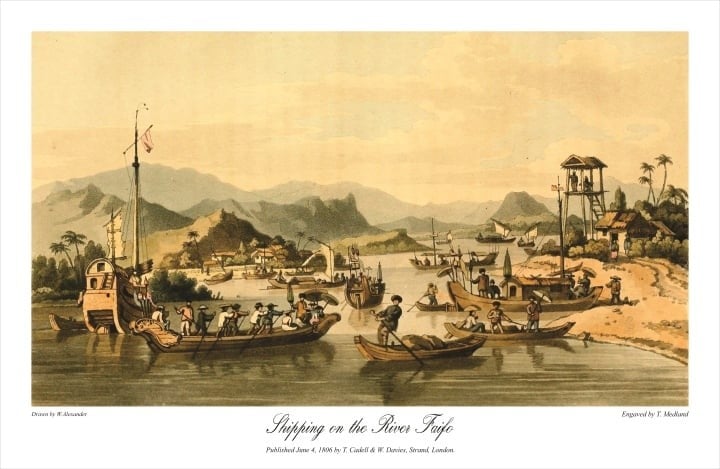 |
A bustling scene on the river in Hoi An. (Source: "A Journey to the Southern Land (1792 – 1793)" by John Barraow, translated by Nguyen Thua Hy) |
A cultural gem
As the busiest trading port in the region, the presence of foreign merchants has given Hoi An a diverse cultural and architectural landscape. In terms of tangible heritage, Hoi An currently boasts over 1,360 cultural and architectural relics. Among these, 1,273 are architectural and artistic relics encompassing various types of sites such as: houses, ancestral temples, communal houses, pagodas, assembly halls, Catholic churches, shrines, bridges, wells, markets, mausoleums, and tombs…
The ancient houses, assembly halls, and temples bearing the distinct architectural styles of Japan, China, and Europe that still exist today bear witness to a brilliant period of cultural exchange. Among them, the Japanese Bridge is a very special structure, considered by many to be a "symbol" of Hoi An's architecture.
The Japanese Bridge (Chùa Cầu) was built in the 17th century with contributions from Japanese merchants. In 1719, Lord Nguyễn Phúc Châu, while visiting Hội An, named the bridge Lai Viễn Kiều (meaning: Bridge welcoming guests from afar). According to dating studies on the roof beams and the stele at the bridge's head, the bridge was rebuilt in 1817. The pagoda on it was probably also rebuilt around this time. On December 17, 1990, the Japanese Bridge was granted the status of a National Historical and Cultural Monument.
Currently, the Japanese Bridge is undergoing restoration. Although there are some differing opinions, all of them demonstrate the affection of the people for this ancient structure in Hoi An.
Alongside these, assembly halls such as the Fujian Assembly Hall and the Chaozhou Assembly Hall are prominent structures, serving not only as places of worship but also as gathering and social hubs for the Chinese community in Hoi An.
In terms of spiritual life, the people of Hoi An are perceptive and open-minded, yet they fully preserve their traditional customs. The unique festivals, distinctive practices, and diverse cuisine also contribute to the special cultural identity of this region.
In Lê Quý Đôn's "Phủ biên tạp lục," there is a passage recounting the story of a merchant named Trần (from Guangdong) transporting goods to Hội An: The Minh Hương and Thanh (Chinese) people who chose Hội An as their settlement brought lanterns from their homeland and had the habit of lighting them whenever night fell. During this period, Hội An Old Town was divided into three main districts: the An Nam District for the Vietnamese, the Khách District for the Chinese, and the Hoài District for the Japanese… They lived, interacted, and traded together under the rule of the Nguyễn Lords, creating an interwoven and integrated economy from this time. In 1639, when Japan decided to close its doors to the outside world, the Hoài District of the Japanese was left under the management of the Vietnamese and Chinese.
In the late 18th century, the Hoi An trading port began to decline due to competition from new ports and changes in trade routes. By the 19th century, Hoi An had given way to Da Nang, a multi-functional port that developed according to a modern port model. However, Hoi An's cultural and architectural heritage has been miraculously preserved. In 1999, Hoi An was recognized by UNESCO as a World Cultural Heritage site, affirming its exceptional historical and cultural value.
Through countless historical changes, Hoi An – Hoai Pho – Faifo has fulfilled its sacred historical mission in the past, assuming the role of the largest trading gateway in the region, bringing prosperity to the domestic economy, expanding cultural and intellectual horizons, and contributing to strengthening the nation's power. Today, the ancient city on the Hoai River plays the role of a "precious gem" of culture, preserving beautiful values for future generations, for Vietnamese people and international visitors to admire, appreciate, and enjoy, and has been voted one of the 10 most attractive destinations on the planet… In any era, Hoi An will always be something very unique, very special, and very radiant in the hearts of the Vietnamese people.
Source: https://baophapluat.vn/thuong-cang-hoi-an-nhin-tu-lich-su-huy-hoang-post520598.html






![[Photo] Two flights successfully landed and took off at Long Thanh Airport.](/_next/image?url=https%3A%2F%2Fvphoto.vietnam.vn%2Fthumb%2F1200x675%2Fvietnam%2Fresource%2FIMAGE%2F2025%2F12%2F15%2F1765808718882_ndo_br_img-8897-resize-5807-jpg.webp&w=3840&q=75)








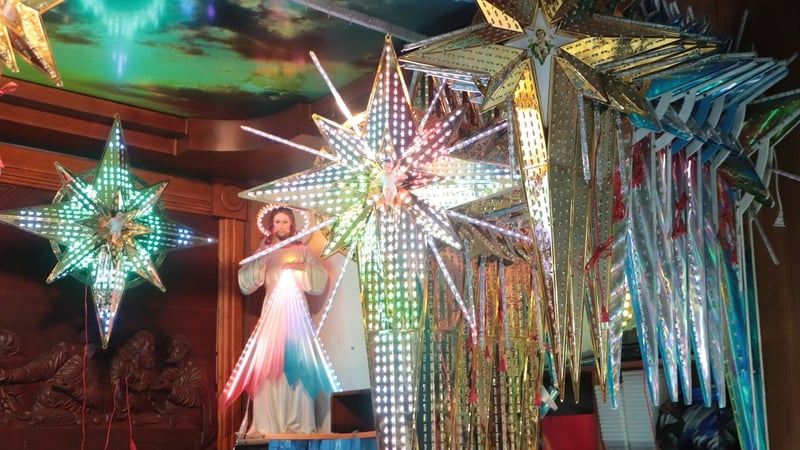
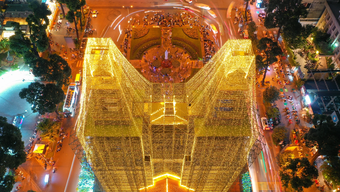

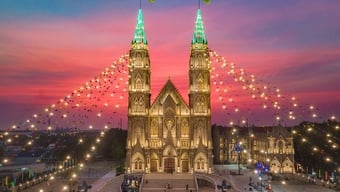



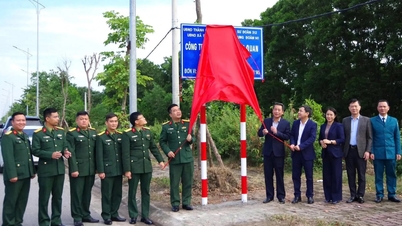
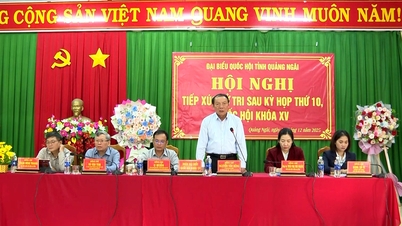

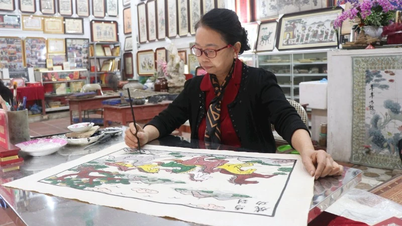





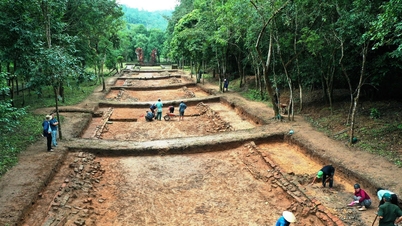












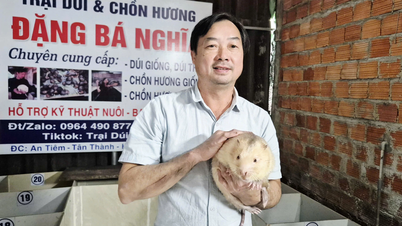

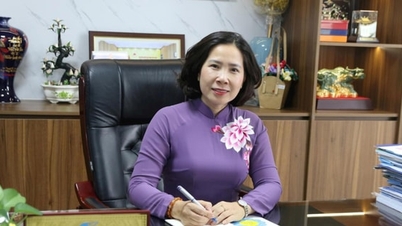

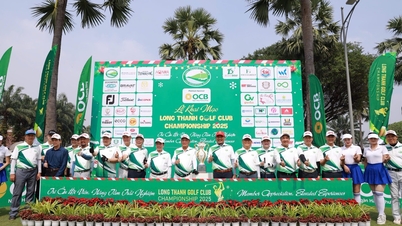


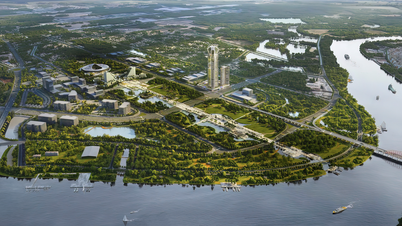




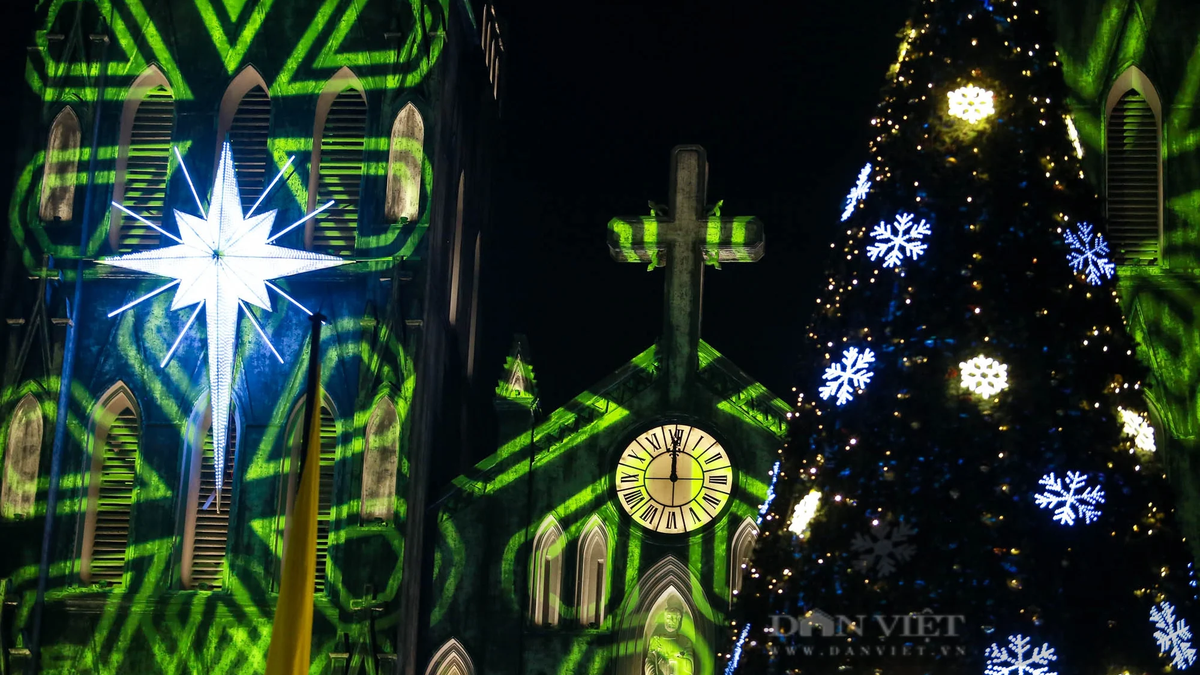








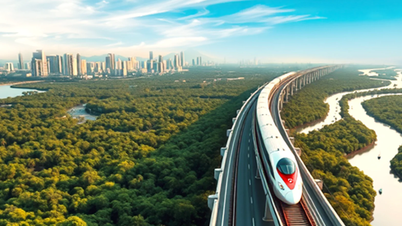











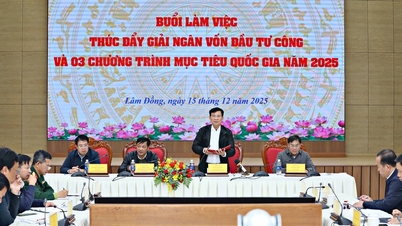







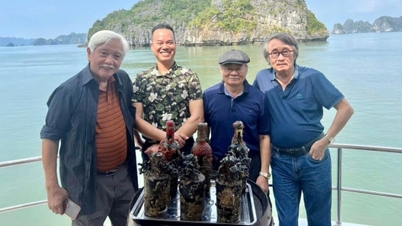






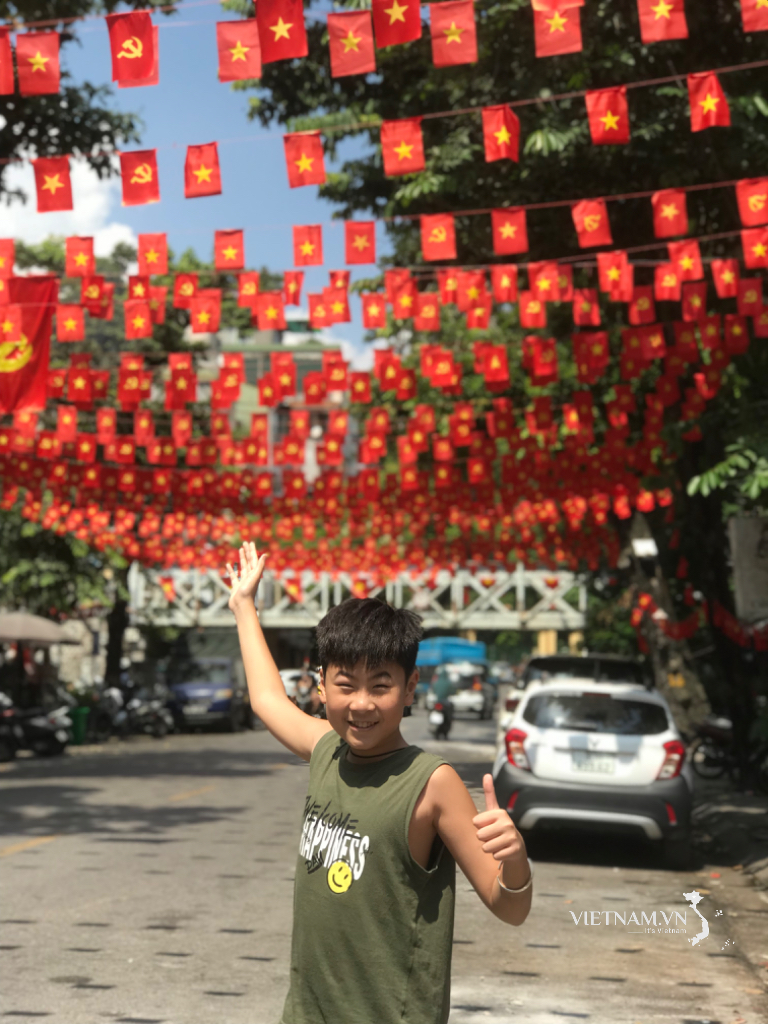
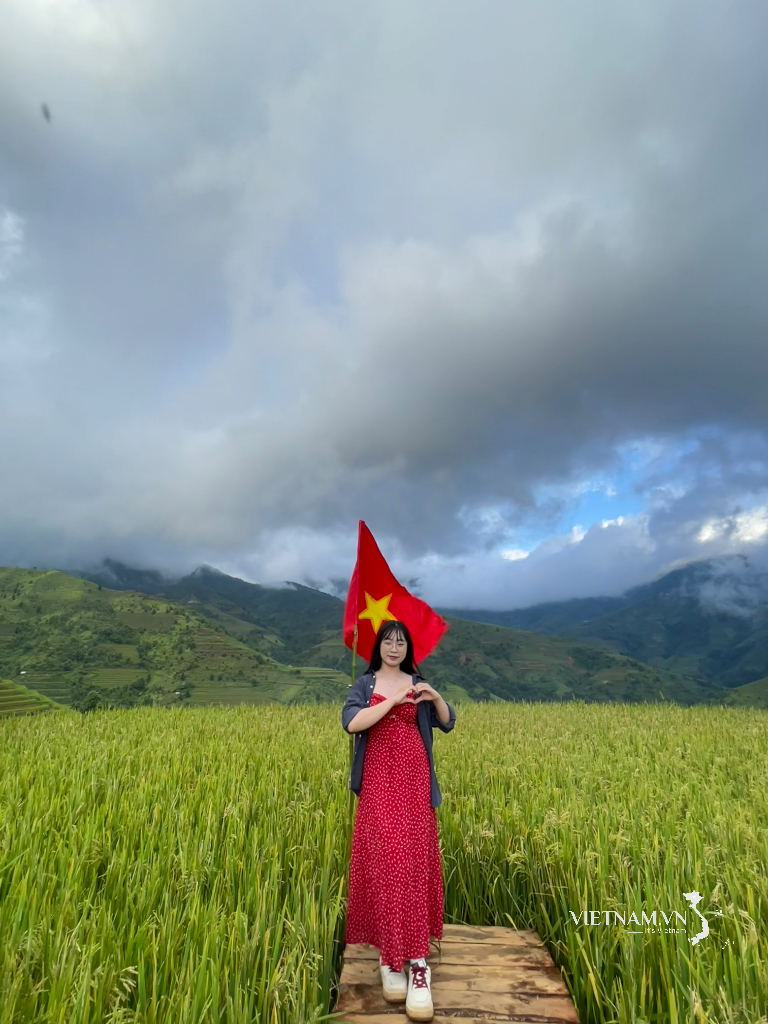
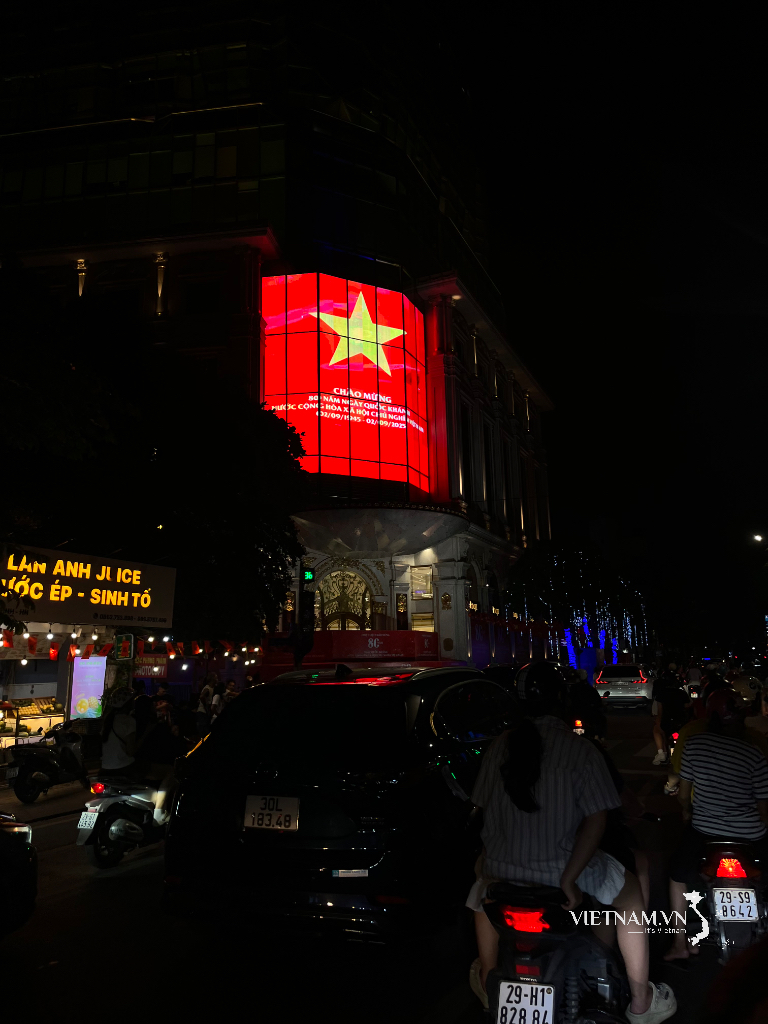
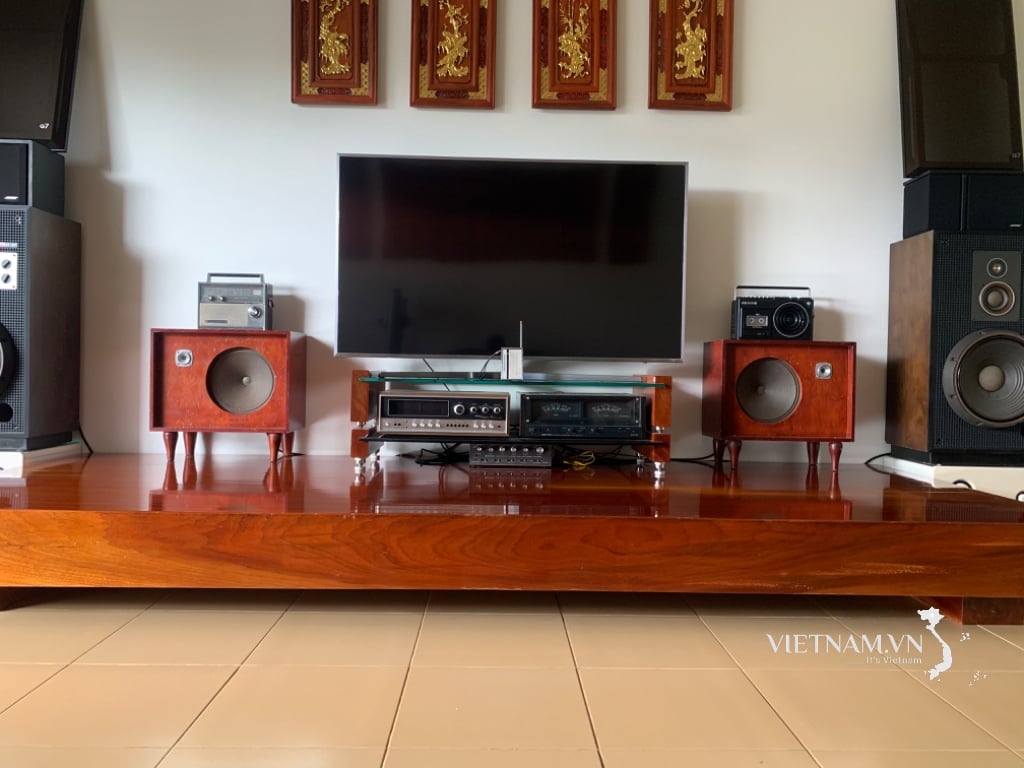
Comment (0)